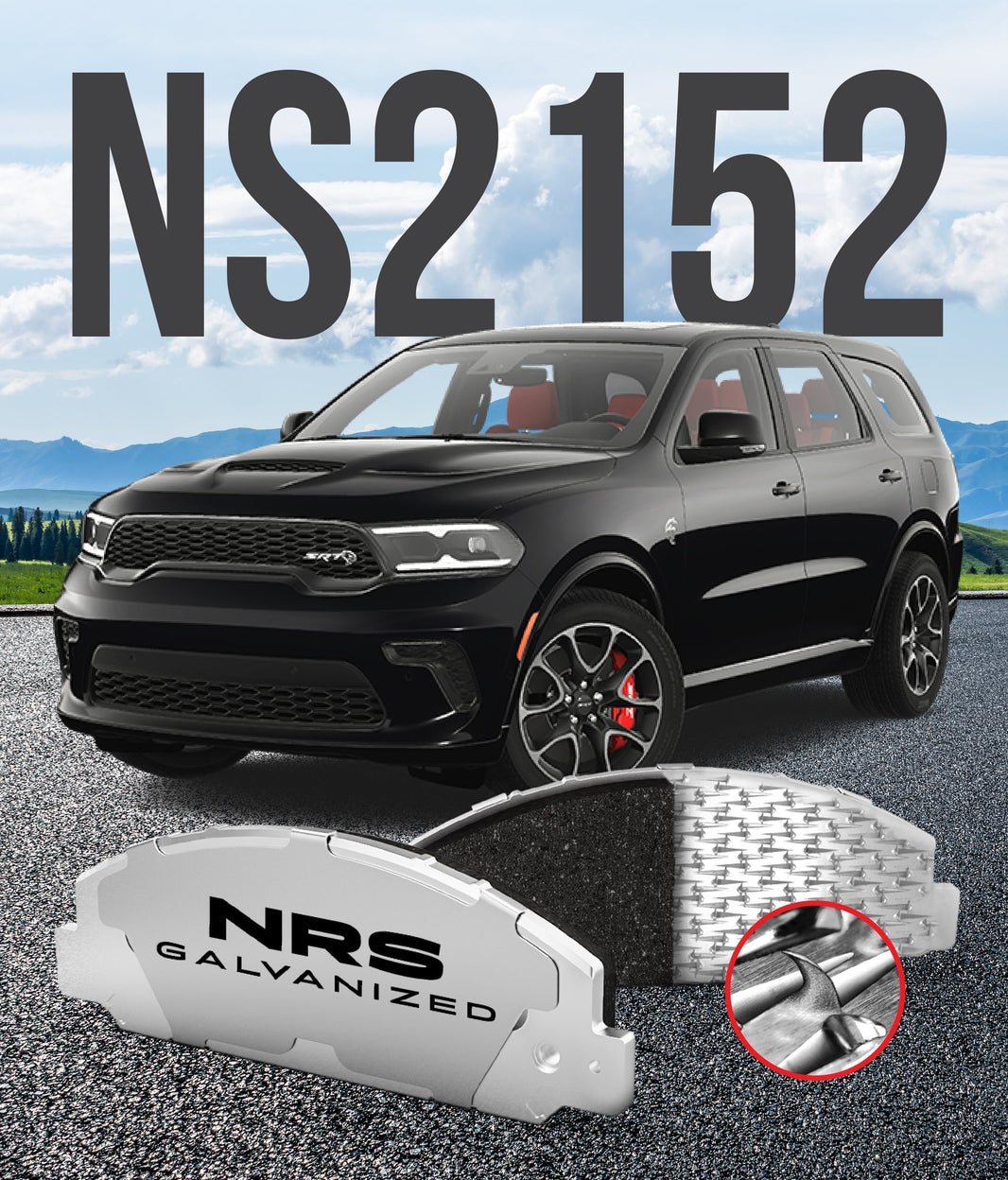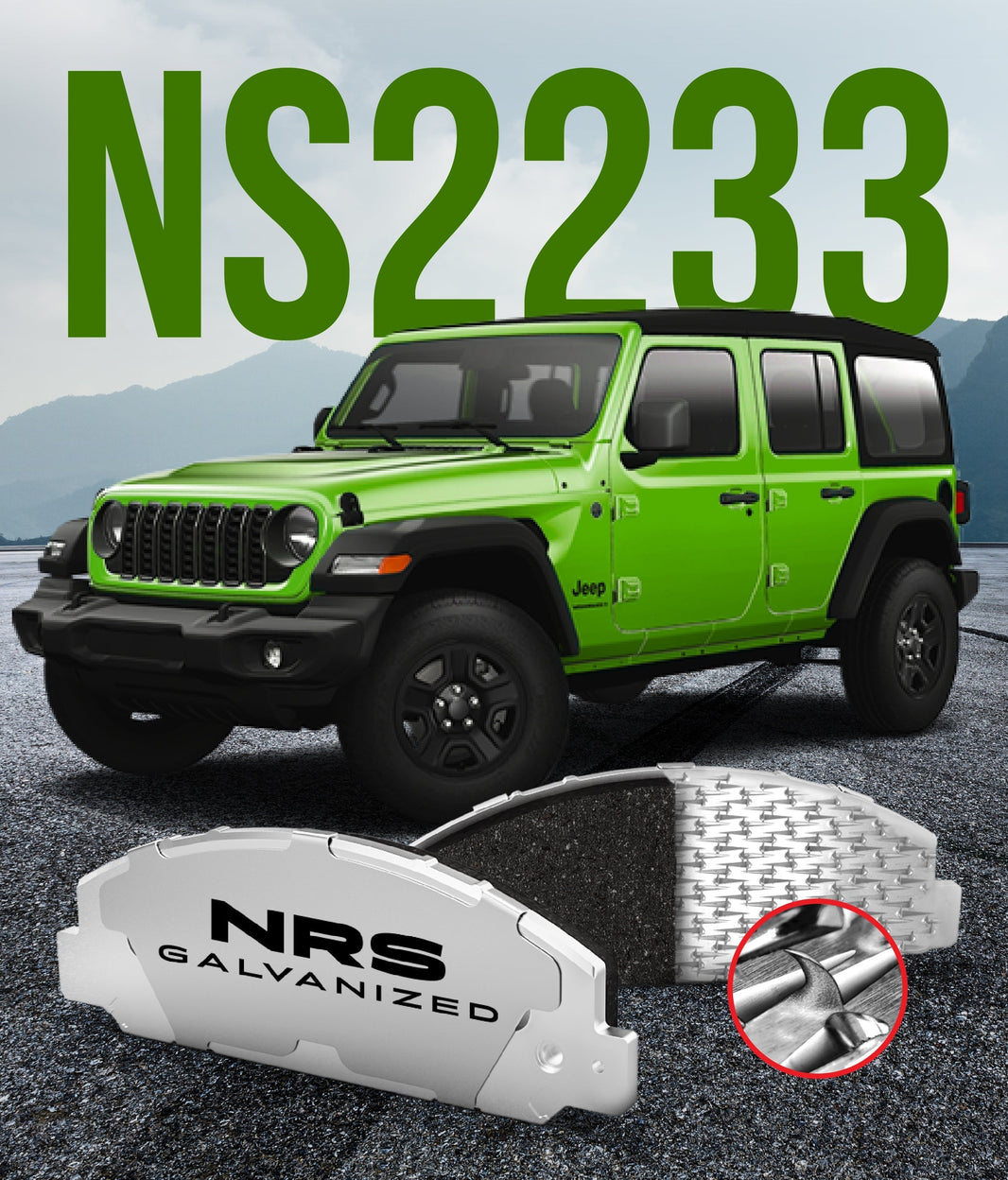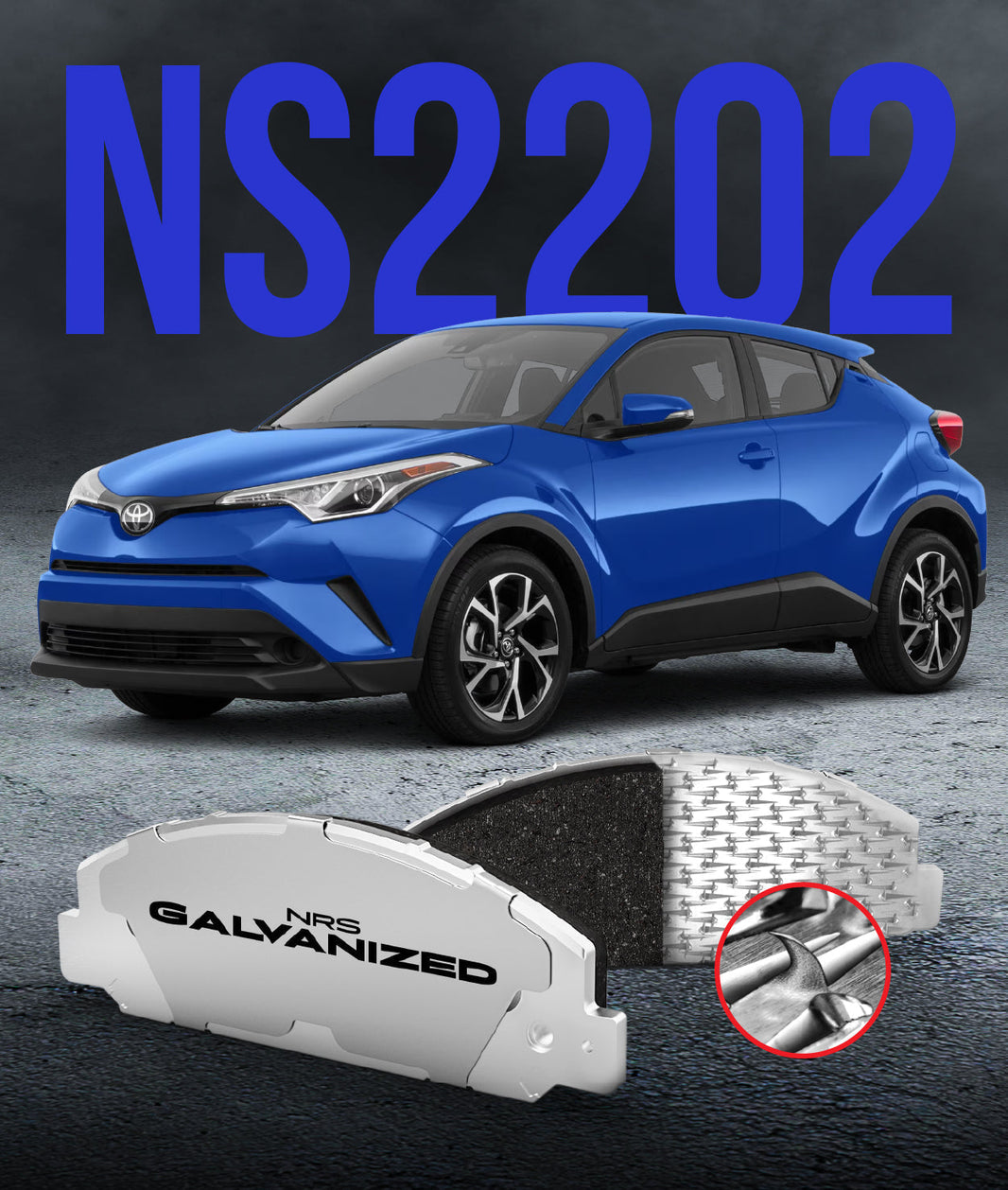
Automotive language is full of interchangeable terms that can cause confusion. We talk about motors and engines, shocks and struts, and wheels and rims. One of the most common points of debate centers on the device you use to keep your car from rolling away: is it a hand brake or a parking brake?
The simple answer, as the title suggests, is that they refer to the same system. The difference between the terms comes down to describing the system’s function versus its method of operation. This guide will clarify the terminology, explain the different types of parking brakes you will find in modern cars, and detail how this critical safety system actually works.
Settling the Debate: A Matter of Terminology
In the great debate of hand brake vs parking brake, both terms are correct in their own way, but one is more technically precise. "Parking brake" is the proper functional name for the system. Its designed and certified purpose is to hold a vehicle stationary when it is parked.
"Hand brake" is a descriptive name for the most traditional type of actuator: a hand-operated lever, typically found between the front seats. Think of it like calling all facial tissues a "Kleenex." One is a specific type, while the other describes the general function.
The Many Faces of the Parking Brake
While the function remains the same, manufacturers have developed several different ways for the driver to apply the parking brake. The classic hand lever is becoming less common as vehicle interiors are redesigned. You are now likely to encounter one of three primary types in a modern vehicle.
Each type accomplishes the same goal of activating the rear brakes through a secondary mechanism. The difference lies entirely in the driver's interface inside the cabin.
The Classic Hand Lever
This is the design most people picture when they think of a hand brake. It is a simple, mechanical lever that the driver pulls upward to engage the brake. A ratchet mechanism holds it in place until a button is pressed to release it.
This system is favored in sports cars and enthusiast vehicles for its direct, mechanical feel. It provides a clear tactile sense of the brake being applied. Its simplicity also makes it very reliable.
The Foot Pedal
In many larger sedans, trucks, and minivans, you will find a small, foot-operated pedal located to the far left of the driver's footwell. This is often called a foot parking brake. It performs the exact same function as a hand lever.
The driver presses the pedal down to engage the brake, and it is typically released by pulling a handle on the dash or by pressing the pedal a second time. This design was created to free up space in the center console area. It operates the same internal cable system as a hand lever.
The Electronic Parking Brake (EPB)
The newest and increasingly common type is the electronic parking brake. This system does away with the mechanical lever and cables entirely. It is operated by a small button or switch on the console or dashboard.
When you activate the EPB, it sends a signal to small electric motors mounted on the rear brake calipers. These motors then actuate a mechanism within the caliper to press the pads against the rotor. It is a key part of a modern system that also allows for features like an automatic "hill hold."
How a Mechanical Parking Brake Works
The operation of a traditional, cable-driven parking brake is a straightforward example of mechanical leverage. It is a system designed to be completely independent of your main hydraulic brakes. This separation is a critical safety feature.
The process involves a series of connected components that translate the pull of your hand or push of your foot into a powerful clamping force at the wheels.
-
Driver Input: You pull the hand lever or press the foot pedal, which is the start of the mechanical chain reaction.
-
Cable Tension: This action pulls on a primary steel cable that runs underneath the vehicle.
-
The Equalizer: The main cable connects to a component called an equalizer. This device splits the pulling force evenly between two secondary cables. This ensures both rear brakes are applied with equal pressure.
-
Actuation at the Wheels: Each of the two secondary cables runs to a rear wheel. There, it connects to a small lever on the brake caliper or inside the brake drum.
-
Brakes Applied: The cable pulls this lever, which mechanically forces the brake pads or shoes against the rotor or drum. This friction holds the wheel stationary.
The "Emergency Brake" Myth
You will often hear the parking brake referred to as the "emergency brake" or "e-brake." While it can be used to slow the vehicle if the main hydraulic brakes fail, it is a very poor substitute for your primary brakes. There are several reasons for this.
First, it only operates the brakes on the two rear wheels. Second, it has significantly less stopping power than the hydraulic system. Pulling the lever hard at speed will likely lock up the rear wheels, which can easily cause a spin. Its primary function is, and always has been, for parking.
Common Issues and Maintenance
Like any mechanical system, your parking brake requires occasional attention to stay in good working order. Because it is often used less frequently than the main brakes, its components can be susceptible to seizing from lack of use. Regular use is the best form of preventative maintenance.
A few common issues can arise, especially with cable-operated systems. Being aware of these can help you keep your parking brake functioning correctly.
-
Sticking or Seized Cables: The steel cables can corrode inside their sheaths, causing them to bind. This can prevent the brake from applying or, more dangerously, from releasing fully.
-
Improper Adjustment: Over time, parking brake cables can stretch slightly. This can result in a lever that pulls up too high or a pedal that goes too far to the floor without holding the car securely. The system will need a simple adjustment to restore its holding power.
-
Rear Brake Condition: The parking brake's effectiveness is completely dependent on the condition of your rear brakes. Worn-out components like thin pads or shoes will result in a very weak parking brake, no matter how much you adjust the cable.
-
Regular Use: The best way to prevent cables and levers from seizing is to use your parking brake regularly. Engaging it even when parked on a flat surface keeps all the components moving freely.
Conclusion: A Critical System by Any Name
In the hand brake vs parking brake debate, the most important thing to remember is that they are the same system. Whether you call it a parking brake, hand brake, or e-brake, its job is to hold your car securely in place. It is a critical safety system that backs up your transmission's parking pawl.
This system can be operated by hand, foot, or an electronic button, but its function remains constant. Regular use and periodic checks will ensure it is ready to work when you need it most. At our company, we design the Best Brake Pads to work flawlessly with every type of braking system, because we know that total vehicle safety depends on every component functioning correctly.
How often do you use your parking brake, and have you ever had to adjust one?




